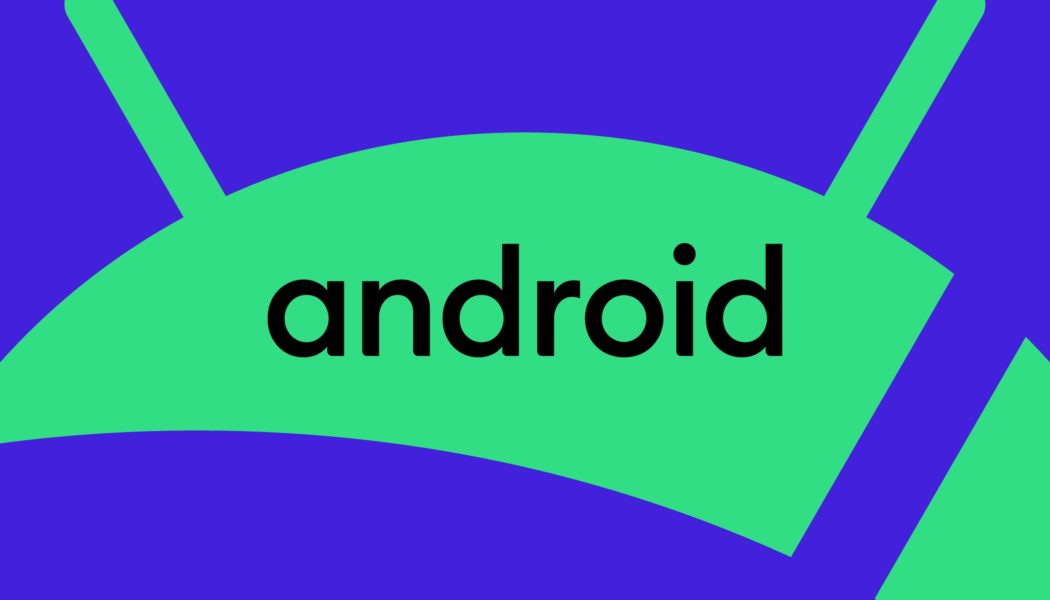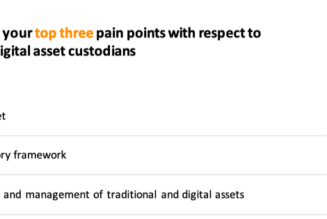New gesture navigation and sharing features are rolling out in the first Android 14 beta build available to early public adopters.
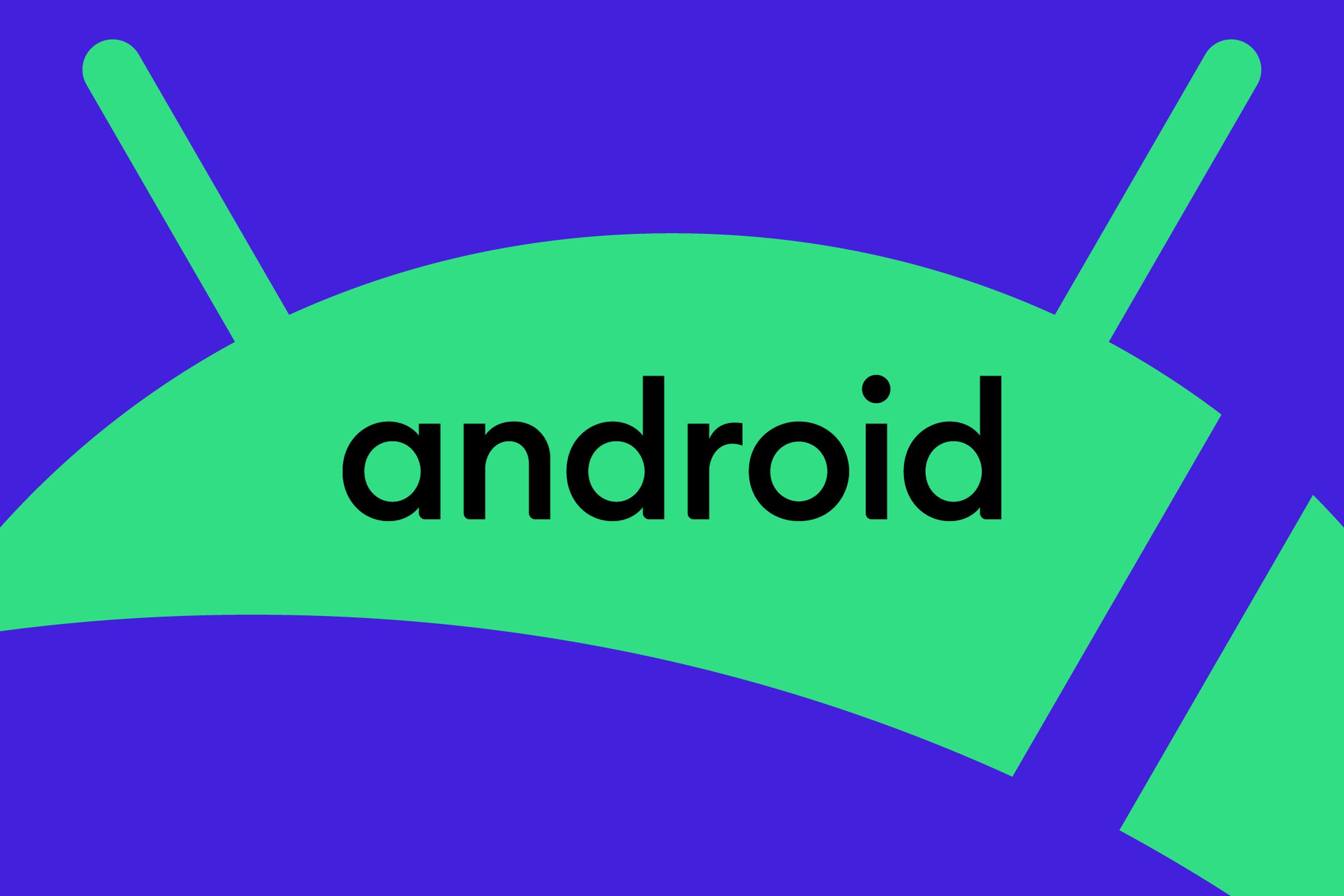
The first beta of Google’s Android 14 OS is available to download today, introducing new features focused on system navigation, privacy, performance, and user customization. We already had a good idea of what to expect thanks to the first two developer-only previews, but the beta release is the first opportunity for the general public to test the changes.
Gesture navigation has been updated to include a more conspicuous Material You-themed back arrow that adjusts to complement the device’s theme or wallpaper. Aside from arguably being more aesthetically pleasing, the updated back arrow is designed to help users better understand Android 14’s predictive back gesture experience, which now previews the screen users are navigating to within applications.

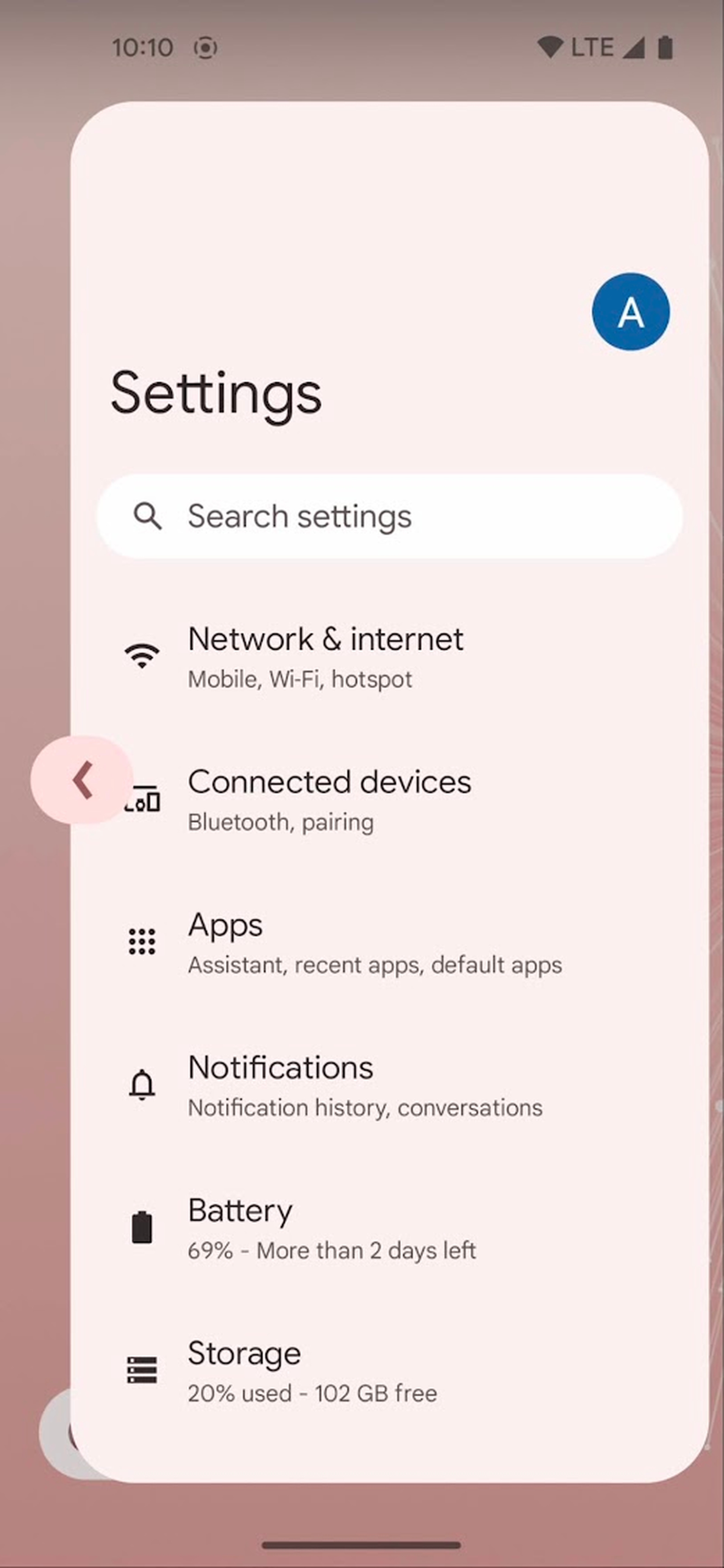
Android 14 also introduces a new system share sheet — the page that opens when you tap to share content. This allows developers to add custom app-specific actions to the top of the share menu. Google describes this as a “superior” experience compared to the existing Android share sheets in which share targets (the app you’re sharing content to) are always sorted alphabetically. The new share sheet also uses more app signals to determine where the direct share targets that appear toward the top of the page should rank (though it’s not clear what exactly those signals are).
This solves a few issues. Previously, app developers who wanted specific apps to appear higher within the sharing menu either had to build their own share sheets — which lack visual consistency and prevent users from building muscle memory across applications — or add custom share targets. Only two share targets could be specified to appear higher in the share list, and Esper.io notes that even Google discourages developers from utilizing the feature, as doing so reduces the number of share targets that can be suggested by the device system.

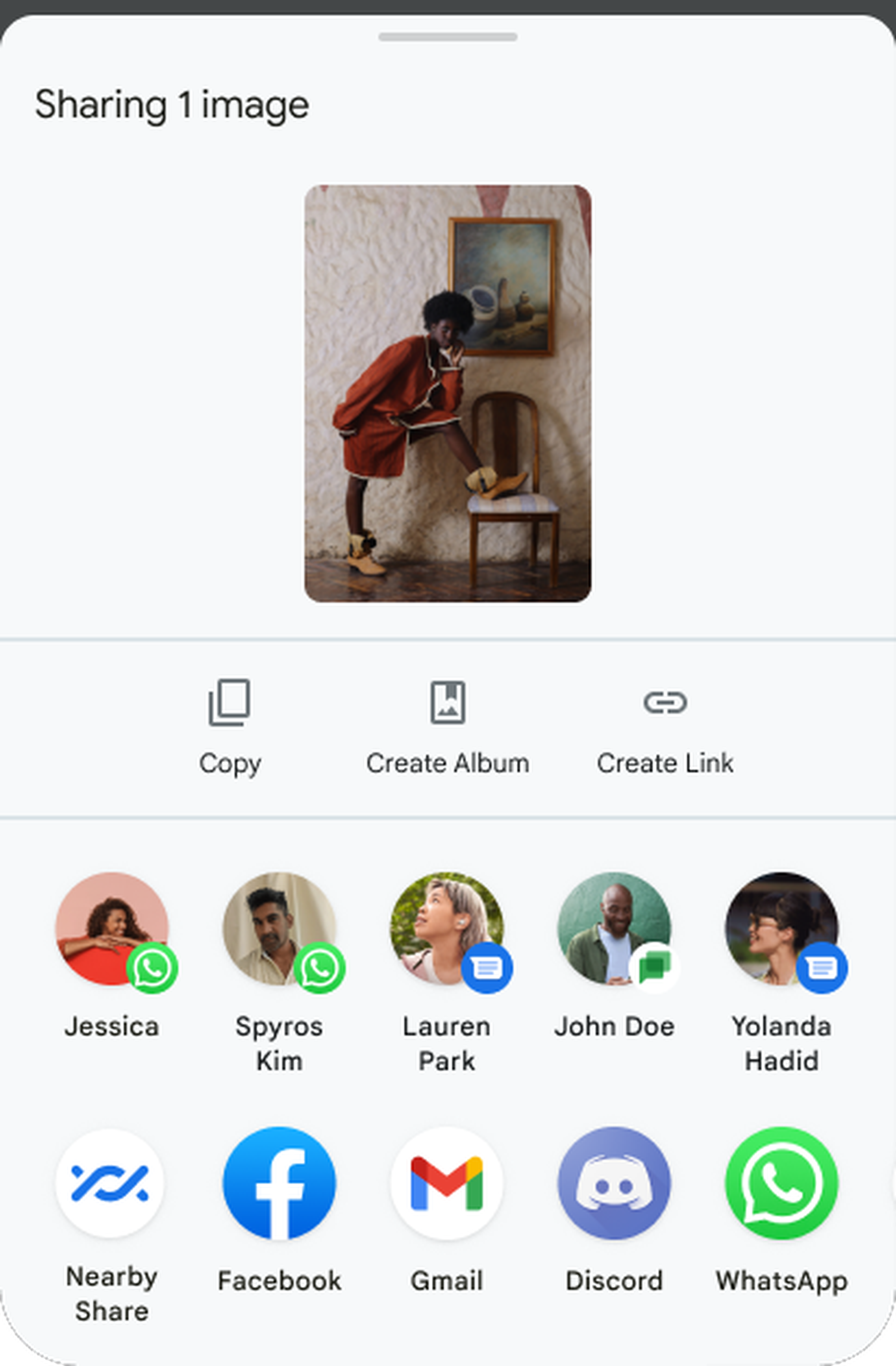
Additional updates in the first Android 14 beta include new graphical features like morphing effects and enhanced language settings that automatically configure applications to support language preferences on a per-app basis. Privacy is also being improved by allowing apps to restrict the visibility of sensitive data to accessibility services that claim to help users with disabilities. These claims will be verified by Google Play Protect. Google suggests that the new privacy protections can be used to help prevent more vulnerable users from actions like accidentally transferring money or checking out in a shopping app.
If you want to give Android 14 a whirl before its full release, you can find more information and instructions on how to download the beta on the Android 14 developer site. If you’re already in the Android QPR beta program, then you don’t have to do anything; the first Android 14 beta will come your way automatically.
Correction 4:16PM ET: Google initially provided information recommending Android 13 QPR beta participants update now. However, the final blog post simply says those devices will automatically update to the Android 14 beta without users needing to do anything special.
